Excavation of ‘rich’ Mound Dillu Roy site begins to uncover historical secrets
Exercise is being undertaken for the first time in decades under an ongoing Rs17.323m project
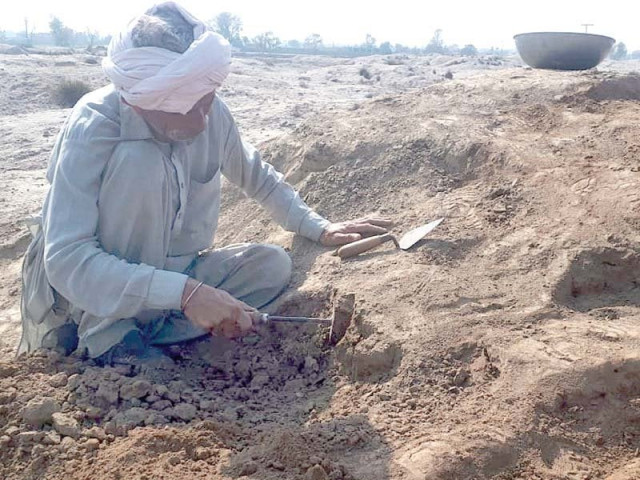
PHOTO: APP
The exercise is being undertaken for the first time ever in decades under an ongoing Rs17.323 million project with its first phase, meant to protect the site by a 6,400-foot-long boundary wall, almost complete.
“Despite having been plundered time and again and dug illegally, Mound Dillu Roy was still a rich site,” says Harappa Museum In-charge Muhammad Hassan, the only excavation expert of the department to undertake the assignment that would take 45-60 days to complete.
We found structures at the depth of only six inches, the official told APP. “These structures look like hailing from the Gupta and Mughal period. However, further excavation and cleaning of the remains would unveil exact details.”
Historic site: Bhagat Singh’s home to be conserved
Leading a 50-member team comprising officials, draughtsmen, photographers and supervisors equipped with small tools to delicately excavate the site, the archaeologist is in Jampur tehsil of Dera Ghazi Khan district since January 31. Reportedly, the archaeologist has completed the process of contouring the site with a map plan indicating how to proceed forward.
The surface finds, including antiquities, artefacts, clay pottery and coins, suggest Mound Dillu Roy be a 1st to 2nd century BC site.
Famous travelogue writer Dr Abbas Birmani described the place traditionally called Dillu Roy theatre as a 'speaking city asleep', in his book titled 'Tilismati Wadiyan' (Magical valleys). It was named after a prince named Dillu Roy who had once ruled this area.
The site is spread over 434 kanals area, most of it lying in DG Khan and only three kanals in Jampur tehsil. It lies about four kilometres northwest of Jampur city on Dajal Road and consists of two mounds, 100-150 feet apart. The larger one measuring 1,460x800x15 feet marks the site of the city and the smaller one measuring about 380 feet north-south, 950 feet east-west has been identified as the remains of a fort.
The only visible mud-brick structure on the surface is a British-era watchtower, the expert said. Both the mounds had been dug by local farmers, exposing the plan of houses and streets. The mud-brick walls have escaped complete destruction and some of them with traces of mud plaster stand as high as 12 feet. At certain places, complete plan of rooms is traceable, whose size varies from 5x5 to 15x10 feet.
The study of the deep trenches dug by farmers has revealed two building periods of the city. The archaeologist thinks the remains of ancient civilisations like Scytho Parthian period could be found at the bottom as they move forward with their vertical excavation technique. Hassan said, in addition to antiquities, the excavation process may lead them to the remains of Gupta, Kushan, Hindu Shahi, Tughlaq, Mughal and British periods.
However, he added, “Complete excavation would show whether we find the remains of all or some of these civilisations.” He further said that excavation was a time-consuming and delicate job done in a scientific manner and at times archaeologists achieved only two to three inch excavation in a day.
Historical site: Lahore’s Baradari cries for help
He highlighted that contrary to metal or other objects, clay pottery remains intact underground for centuries, even millenniums. “And pottery pattern denotes what period these belong to and the remains of structures indicate pattern of streets, roads, homes, rooms, overall town planning and lifestyle of the people of that era.”
Stratigraphy tells us which people inhabited which layer of the site, he explained. He said that pottery from the 8,000 years old Indus Valley civilisation had the same pattern, soil, motifs and structure that were found from Mohenjo Daro, Harappa or Mehrgarh.
Historically precious artefacts, coins and other items collected from Mound Dillu Roy’s surface are now kept at Harappa museum. Dr Birmani welcomed the provincial government's investment in archaeological excavation and said the Pakistani landscape was a blend of scenic topography and historically important monuments.
Published in The Express Tribune, February 6th, 2020.

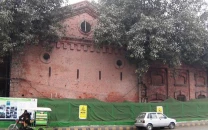
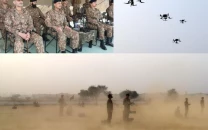
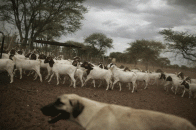


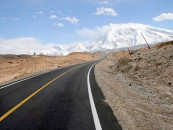












COMMENTS
Comments are moderated and generally will be posted if they are on-topic and not abusive.
For more information, please see our Comments FAQ